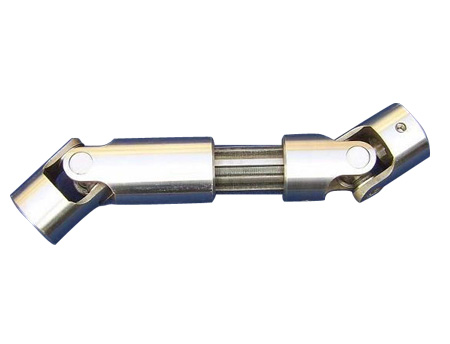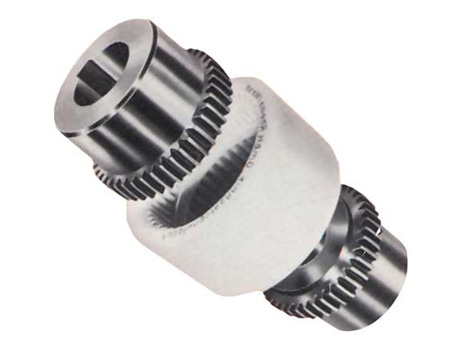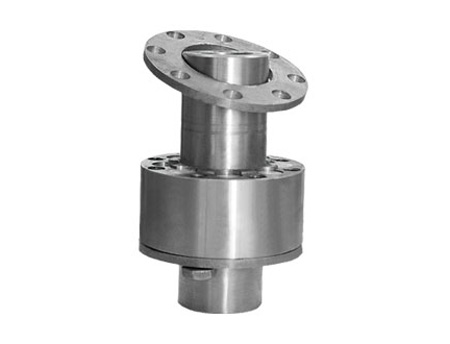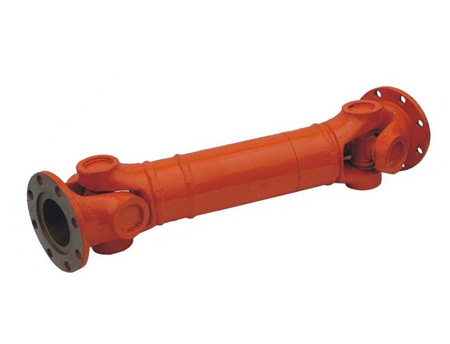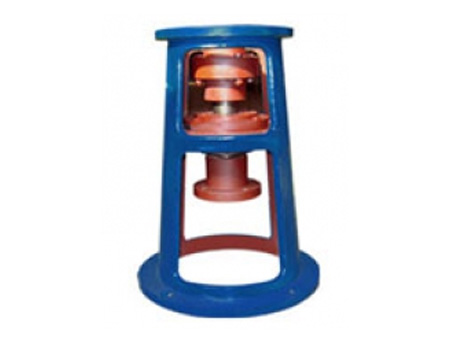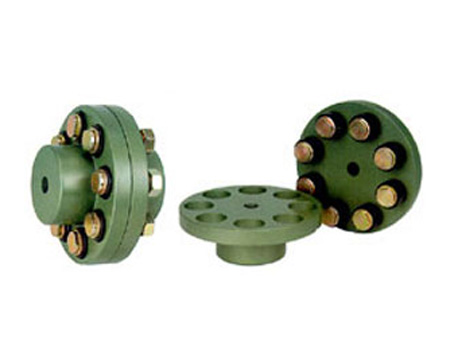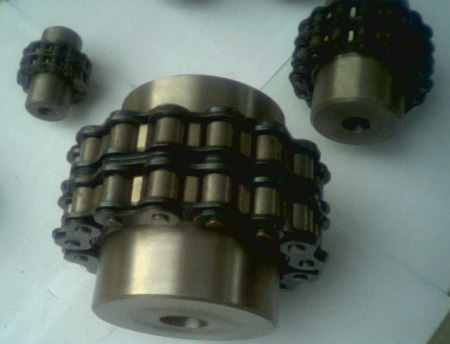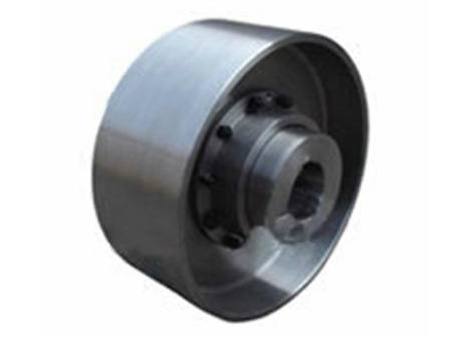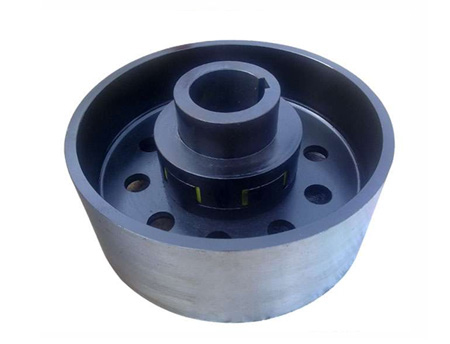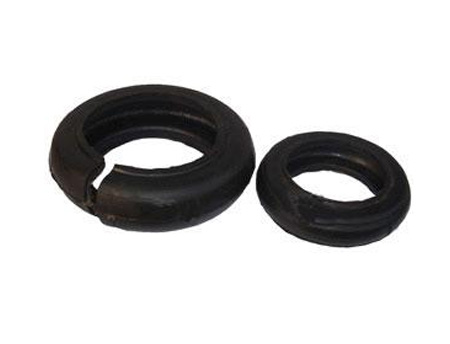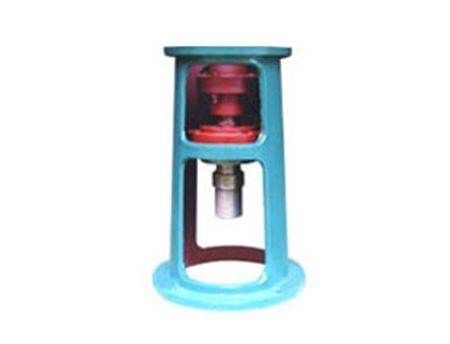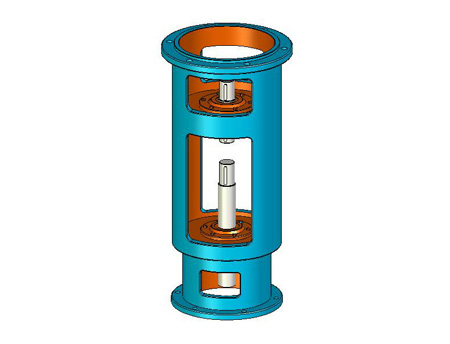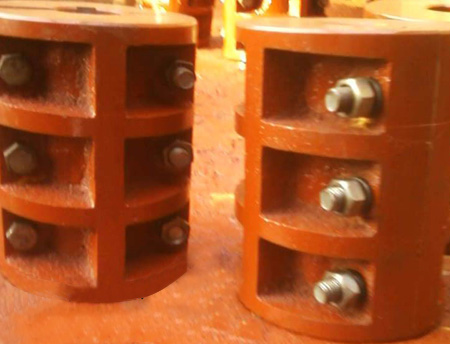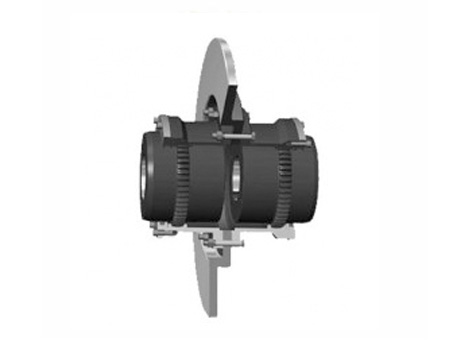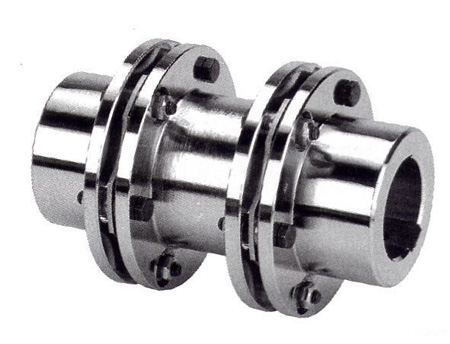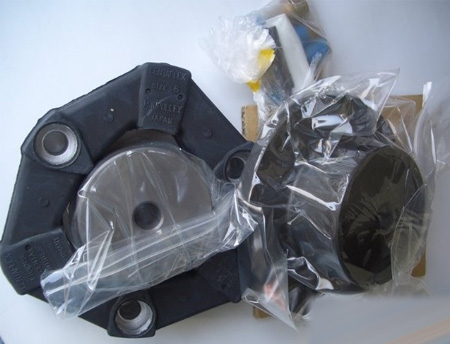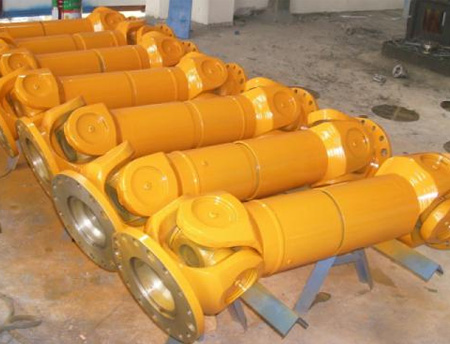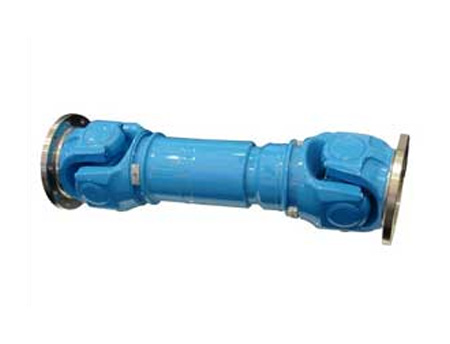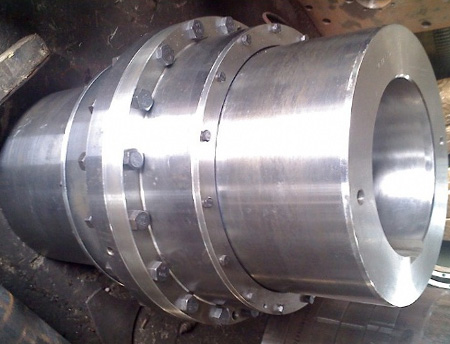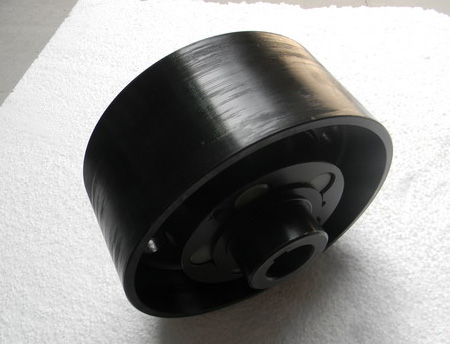- Introduction to Couplings
- A detailed introduction to the drum gear coupling!
- What are the requirements for coupling guards?
- The difference between plum coupling and diaphragm coupling
- What are the characteristics of drum gear couplings?
- Frequently Asked Questions about the Installation and Disassembly of the Diaphragm Coupling
Website: www.rigid-shaft-coupling.xyz
Address: Xihuan Industrial Zone, Botou City, Hebei Province
Features of flange coupling and rigid coupling
Flange coupling is a coupling with very simple structure, mainly composed of two halves of coupling and connecting bolts.The main processing procedures of flange couplings include boring, cutting and keyway trimming before assembling the shaft sleeve hole of the coupling, and processing the end face of the coupling and other surfaces.The sleeve hole of the semi-coupling has two forms: a conical hole and a cylindrical hole. The conical hole has more advantages in the process characteristics than the cylindrical hole. The end face processing of the coupling is often carried out on the shaft, which is In order to make the tenon on the end face of the coupling accurately concentric with the shaft centerline, special care should be taken to ensure that the end face of the coupling is perpendicular to the rotor shaft during this processing process, and attention should be paid to whether the centering tenon meets the requirements. .For flange couplings without centering tenon, the two half couplings should be sleeved together for reaming after drilling.
The conical shaft sleeve hole is easy to obtain the concentricity between the mating parts, the contact between the coupling and the shaft mating surface can achieve a better fit, and the inspection is more convenient, so the use of conical holes is more common.The semi-couplings are generally made of forgings, leaving a margin of 2-3mm on each side during rough machining, and the boring process can only be carried out after heat treatment to eliminate residual stress.The boring of the coupling is usually carried out on a lathe, because the machining of the coupling sleeve hole is very demanding, so the finishing of the hole is usually done by grinding.The finish machining of the outer surface of the coupling is carried out in the same clamping as the boring.The size of the processed hole and the contact between the hole and the shaft mating surface need to be inspected. For mass-produced couplings, generally taper sample columns can be used to ensure the interchangeability of parts.Single-piece couplings can be inspected by fitting the coupling on the shaft end.If the fit between the shaft and the hole does not meet the requirements, the hole of the coupling can be repaired.
Rigid couplings mainly transmit rigid torque. The main features: simple maintenance, corrosion and oil resistance; aluminum alloy, stainless steel, cast steel, round steel and other materials can be selected; product models with different apertures at both ends are also available Available in stock; can provide fastening forms: clamp type, separation type and bolt type; with ultra-high sensitivity, ultra-low inertia, and light weight.
In fact, it is a torsionally rigid coupling. Even when it is under load, there is no backlash. Even when the load is caused by deviation, the rigid coupling still transmits torque rigidly.If there is any deviation in the system, it will cause premature damage to the shaft, bearing or coupling, which means that it cannot be used in a high-speed environment because it cannot compensate for the relative displacement between the shafts caused by the high temperature generated by the high-speed operation.Of course, if the relative displacement can be successfully controlled, the rigid coupling can also exert excellent performance in servo system applications.Especially the small rigid coupling has the advantages of light weight, ultra-low inertia and high sensitivity. In practical applications, the rigid coupling has the advantages of maintenance-free, oil-resistant and corrosion-resistant.Although people did not approve of using rigid couplings in servo drives in the past, recently due to their high torque capacity, rigidity and zero-backlash performance, small-size aluminum alloy rigid couplings are increasingly used in the field of motion control. .
The rigid coupling consists of two half couplings with grooves on the end faces and an intermediate disk with convex teeth on both sides. Because the convex teeth can slide in the grooves, it can compensate for the two problems during installation and operation. For the relative displacement between the shafts, the rigid coupling also has two shaft sleeves and a central steel shell, of which the central steel shell is a torque transmission element.Near-rigid couplings are increasingly used in precision machinery controlled by servo systems, such as machine tools and semiconductor system manufacturing machinery.In these fields, unlike general manufacturing machinery, couplings require a high degree of followability of their output relative to their input.
